What is the MERV Rating for hepa Filters?
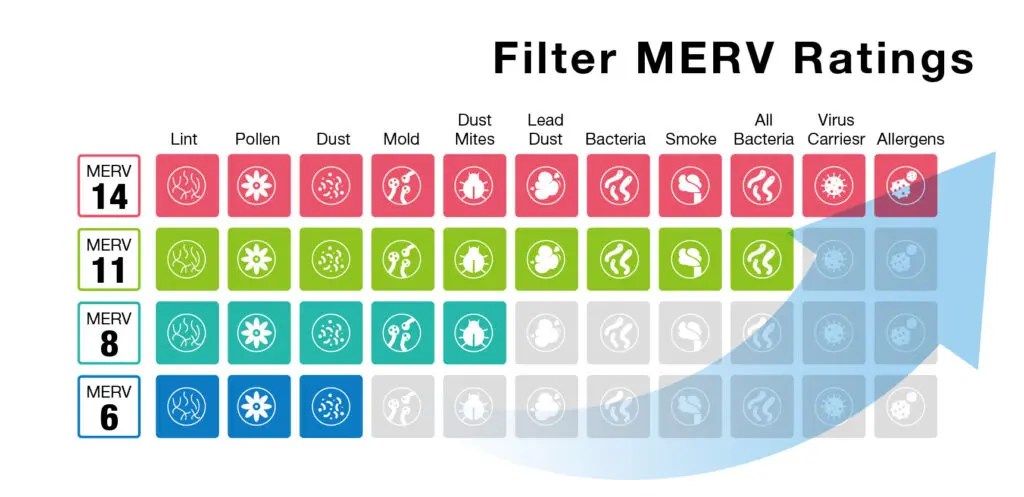
1. Understanding MERV Ratings
MERV, or Minimum Efficiency Reporting Value, is a standard used to measure the effectiveness of Air Filters, including HEPA filters. The MERV rating scale ranges from 1 to 16, with higher values indicating greater filtration efficiency. hepa filters typically fall within the MERV 17 to 20 range, demonstrating their ability to capture a significant percentage of airborne particles.
2. Importance of MERV Ratings
MERV ratings are critical for assessing air filter performance, particularly in environments that require stringent air quality controls.
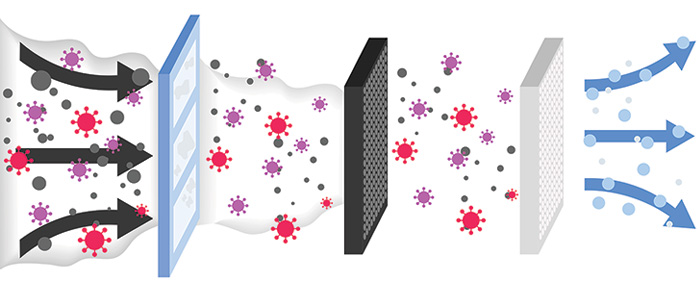
3. MERV Ratings and hepa filters
While HEPA filters are known for their high efficiency, not all HEPA filters are rated the same. true hepa filters must meet specific criteria to be classified as such, often providing MERV ratings of 17 or higher.
4. Applications and Benefits
The high MERV ratings of HEPA filters make them suitable for various applications, including residential air purifiers, industrial settings, and Clean Rooms. In hospitals, HEPA filters can reduce airborne pathogens by up to 90%, significantly improving patient safety. The investment in high-rated MERV filters can lead to healthier indoor environments.
Is MERV 16 as good as HEPA?
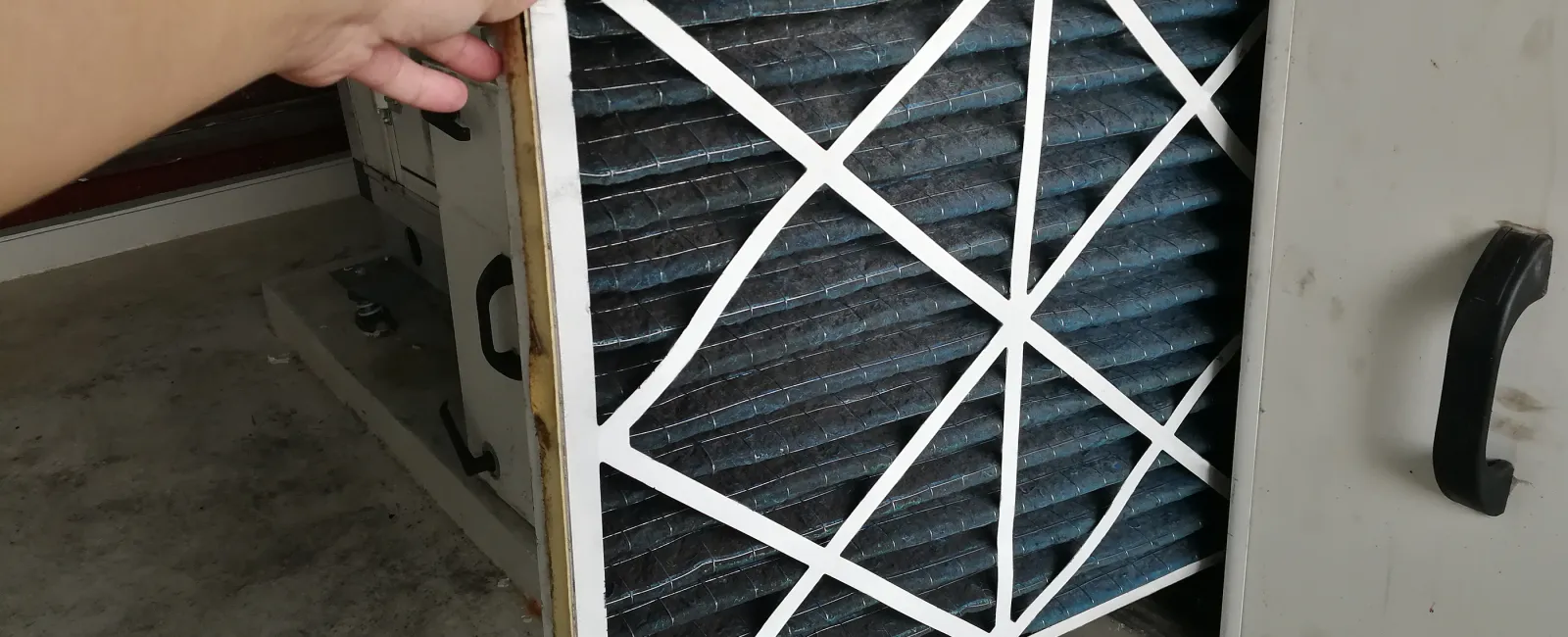
Understanding MERV and HEPA Filters
MERV, or Minimum Efficiency Reporting Value, indicates how well air filters capture particles of varying sizes. MERV ratings range from 1 to 16, with higher values reflecting better filtration capabilities. HEPA (High-Efficiency Particulate Air) filters, on the other hand, must meet specific efficiency standards, typically rated MERV 17 or higher. While MERV 16 filters are effective at trapping many airborne pollutants, they do not quite match the rigorous standards of HEPA filters, particularly in removing the smallest particles that pose health risks.
Key Differences in Performance
MERV 16 filters can capture approximately 95% of particles sized 0.3 microns, making them suitable for many residential and commercial applications. However, true HEPA filters can capture at least 99.97% of the same particle size, providing a higher level of air purification. This difference is crucial for environments requiring stringent air quality, such as hospitals and laboratories, where HEPA filters are preferred.
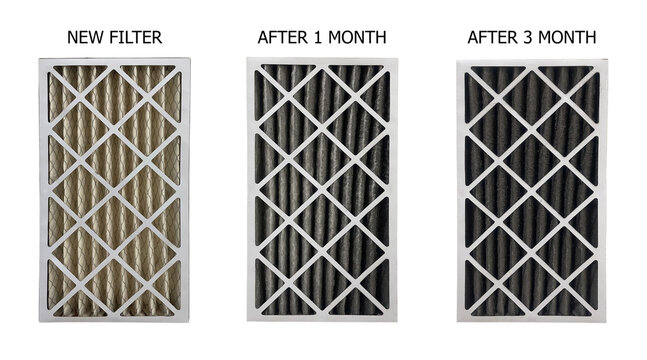
Applications and Suitability
MERV 16 filters are often used in settings like schools, offices, and homes to improve indoor air quality by reducing allergens, dust, and other pollutants. They strike a balance between filtration efficiency and airflow, making them a popular choice for many HVAC systems.
Is MERV 14 Too High?
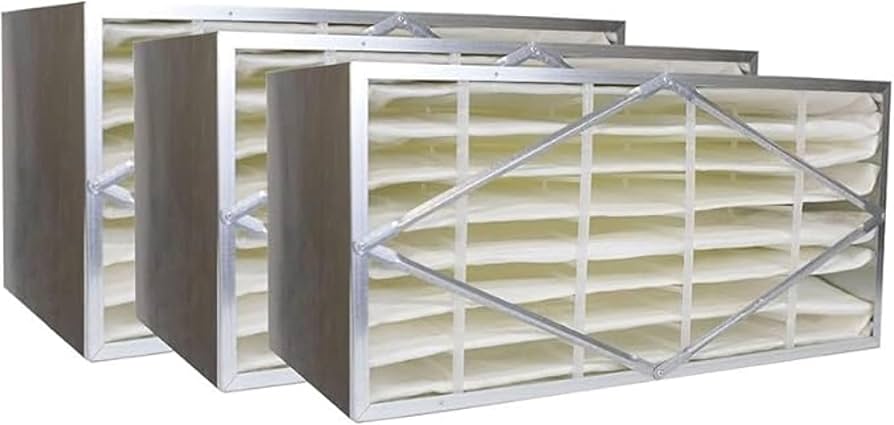
A MERV 14 rating is considered high for standard residential air filters, capturing a significant portion of airborne particles, including pollen, pet dander, and mold spores. While this level of filtration can significantly enhance indoor air quality, it may also lead to reduced airflow in some HVAC systems. This restriction can cause the system to work harder, potentially increasing energy bills and causing wear over time. For homes with standard HVAC systems, MERV ratings between 8 and 12 are often sufficient for effective air quality improvement. In cases where occupants have allergies or respiratory issues, MERV 14 can be beneficial, but homeowners should ensure their systems can handle the increased resistance without compromising performance.
What Filter is Better than HEPA?
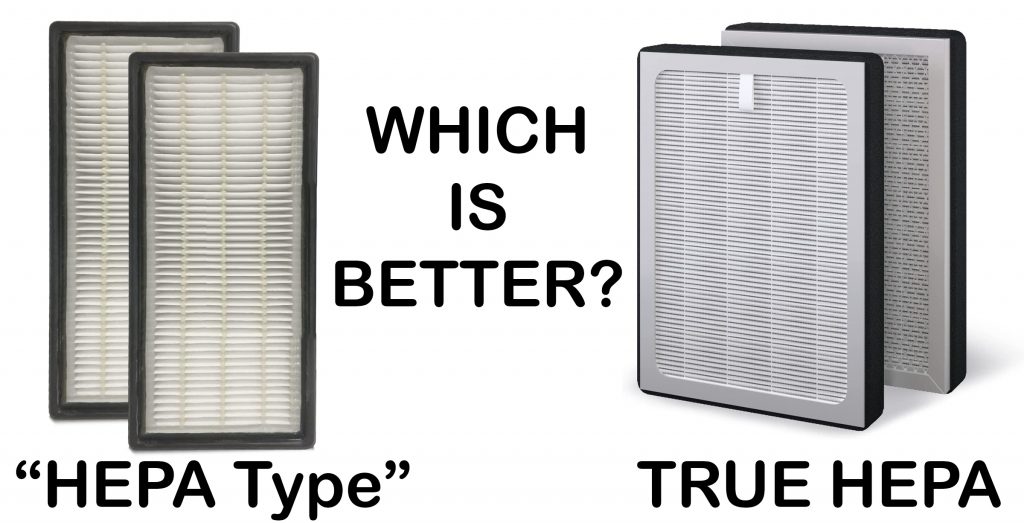
1. Exploring ULPA Filters: While HEPA filters are widely recognized for their efficiency, ULPA (Ultra-Low Penetration Air)filters offer even greater filtration capabilities. ULPA filters can capture 99.999% of particles as small as 0.1 microns, making them ideal for specialized environments such as clean rooms, Semiconductor manufacturing, and pharmaceutical labs. These filters are particularly effective in applications where even the smallest contaminants can significantly impact product quality or safety.
2. Filtration Efficiency Comparison: HEPA filters capture 99.97% of particles sized 0.3 microns, making them excellent for general air purification in hospitals, homes, and offices. In contrast, ULPA filters exceed this performance, capturing nearly all airborne particles at even smaller sizes. This makes ULPA filters superior in environments where air purity is crucial. However, they are not typically needed for everyday home use, where HEPA filters usually provide sufficient protection against common allergens and pollutants.

3. Activated Carbon Filters: Another advanced filtration option is activated carbon filters, which are designed to remove odors, gases, and volatile organic compounds (VOCs) from the air. While they do not capture particulate matter as effectively as HEPA or ULPA filters, they excel in eliminating harmful chemicals and improving indoor air quality. Many modern air purifiers combine HEPA or ULPA filters with activated carbon to offer comprehensive air purification, addressing both particles and gases.
4. Choosing the Right Filter: When selecting an air filter, consider your specific air quality needs.
Do MERV 13 Filters Stop COVID?
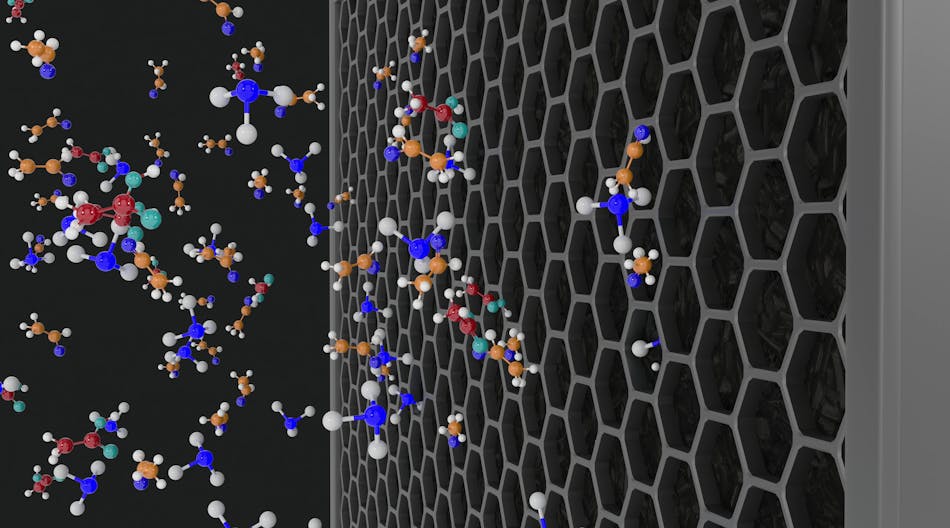
Efficacy of MERV 13 Filters
MERV 13 filters are designed to capture a significant percentage of airborne particles, including those in the size range associated with viruses. Specifically, MERV 13 filters can trap approximately 85% of particles sized 0.3 microns, which includes respiratory droplets that may carry viruses like COVID-19. While they are effective at reducing the number of airborne particles and improving indoor air quality, it is essential to understand that they do not guarantee complete protection against viral transmission.
Limitations in Virus Filtration
While MERV 13 filters can help reduce the concentration of airborne viruses in a space, they are not a substitutefor other preventive measures. It is crucial to combine the use of MERV 13 filters with additional safety practices, such as wearing masks, maintaining physical distance, and ensuring proper ventilation. While these filters contribute to a healthier indoor environment, they should be part of a comprehensive strategy to minimize the risk of COVID-19 transmission.
 +86 18186671616
+86 18186671616 Jason@cleanroomequips.com
Jason@cleanroomequips.com
 MENU
MENU


